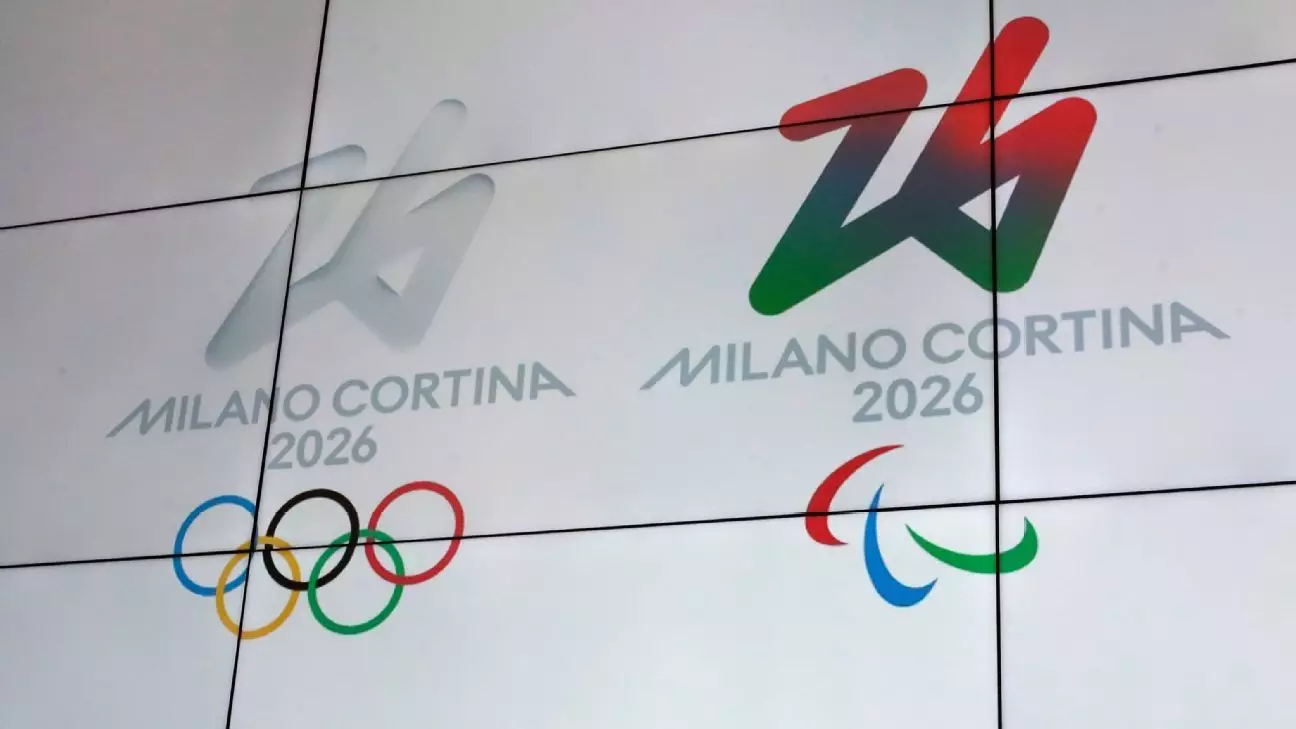After nearly a decade of absence, the world’s top ice hockey talents will once again grace the Olympic stage in 2026, marking a pivotal moment for the sport’s international stature. The decision to reintroduce NHL players to the Winter Olympics signifies more than just a contractual agreement; it embodies a broader pursuit of excellence, unity, and global recognition. The collaboration between the NHL, NHLPA, IIHF, and IOC represents a deliberate effort to elevate the game’s profile, transcending national leagues and showcasing the sport’s elite skills on a worldwide arena. Such a move breathes new life into Olympic hockey, emphasizing its role as a showcase of the highest level of competition.
The Underlying Significance of Player Participation
The return of NHL athletes irreversibly shifts the narrative around Olympic hockey—this is no longer a second-tier event but a premier battleground of talent. The credibility and allure of the Olympics hinge on the participation of the world’s best players, and the decision to bring NHL stars back underscores a commitment to quality, spectacle, and fan engagement. NHL commissioner Gary Bettman’s enthusiastic endorsement highlights the strategic importance of this move, recognizing that showcasing NHL-level talent on an international stage amplifies the league’s global footprint. It also benefits the sport by attracting new fans, especially in regions where hockey remains a niche. The inclusion of NHL players transforms the Olympic tournament into a true “best-on-best” competition, elevating the tournament’s competitive integrity and entertainment value.
The Broader Impact on Hockey’s Global Growth
Beyond the immediate thrill of watching star players, this decision signals a deepening effort to globalize hockey. The tournament in Milan-Cortina is more than just a competition; it’s a statement that hockey belongs in the pantheon of international sports icons. The federation’s confidence in returning players to the Olympics indicates a belief in the sport’s growing fan base and commercial potential. As the sport garners more exposure, especially through high-stakes matches featuring NHL stars, it inevitably fuels increased participation at grassroots levels worldwide. The collaboration of esteemed organizations showcases a shared vision: leveraging the Olympics as a platform to foster talent, enthusiasm, and a sense of unity across cultures.
Challenges and Future Prospects
Of course, this strategic reset isn’t without hurdles. Negotiations dragged on, and concerns like player fatigue, scheduling conflicts, and the impact on NHL seasons had to be addressed meticulously. Yet, the consensus achieved reflects an understanding that the benefits far outweigh the challenges. The agreement to include NHL players in 2030 illustrates a long-term commitment to this path. It’s a gamble—one that could redefine Olympic hockey and solidify its place in the future landscape of international sports. If successful, the Milan-Cortina Games will serve as a catalyst, reigniting passion among veterans and inspiring a new generation of players eager to test their mettle against the world’s best. This renaissance could ultimately elevate the sport’s stature, ensuring hockey remains a vital, exciting, and universally admired piece of the Olympic puzzle.


Leave a Reply